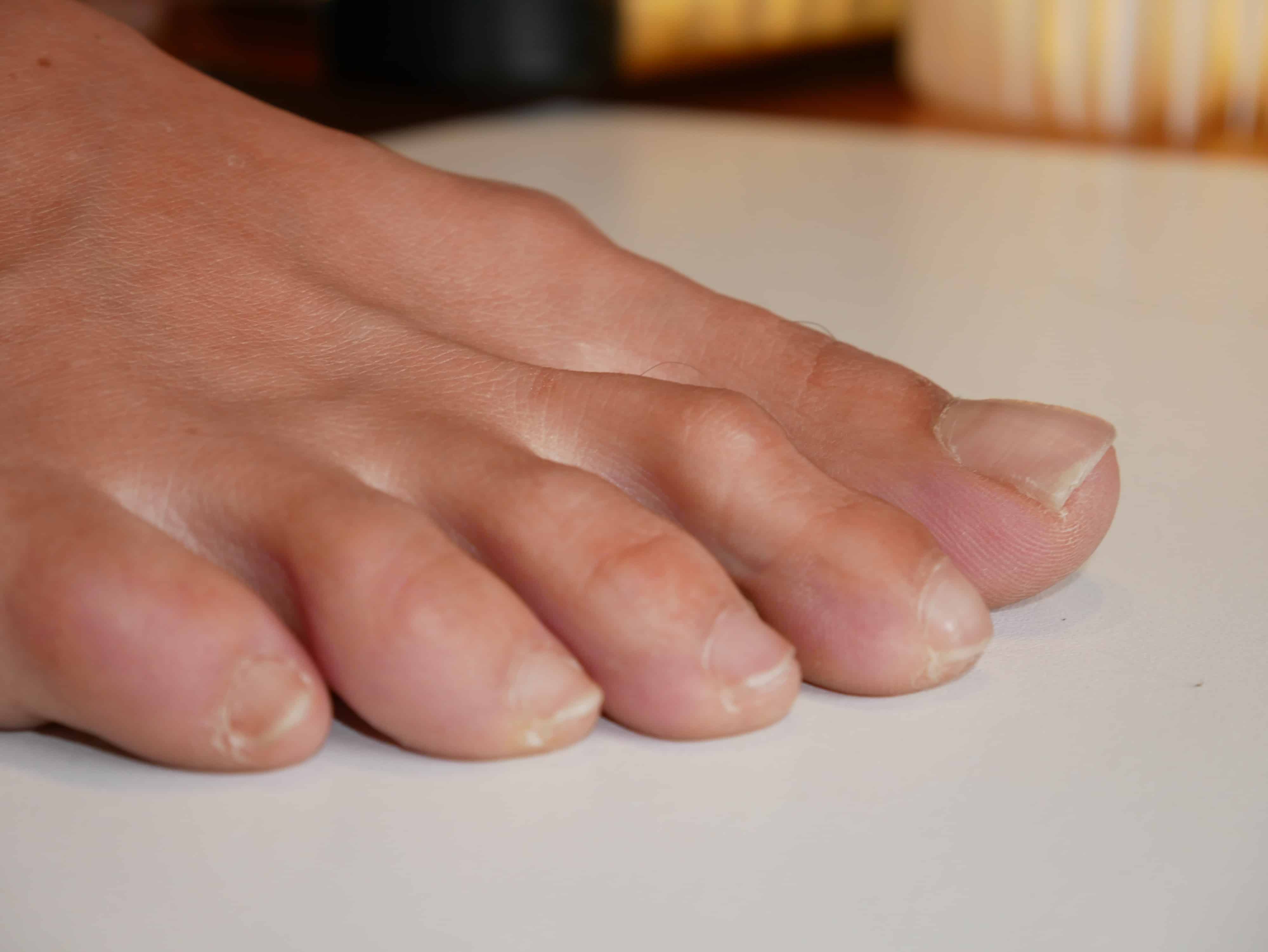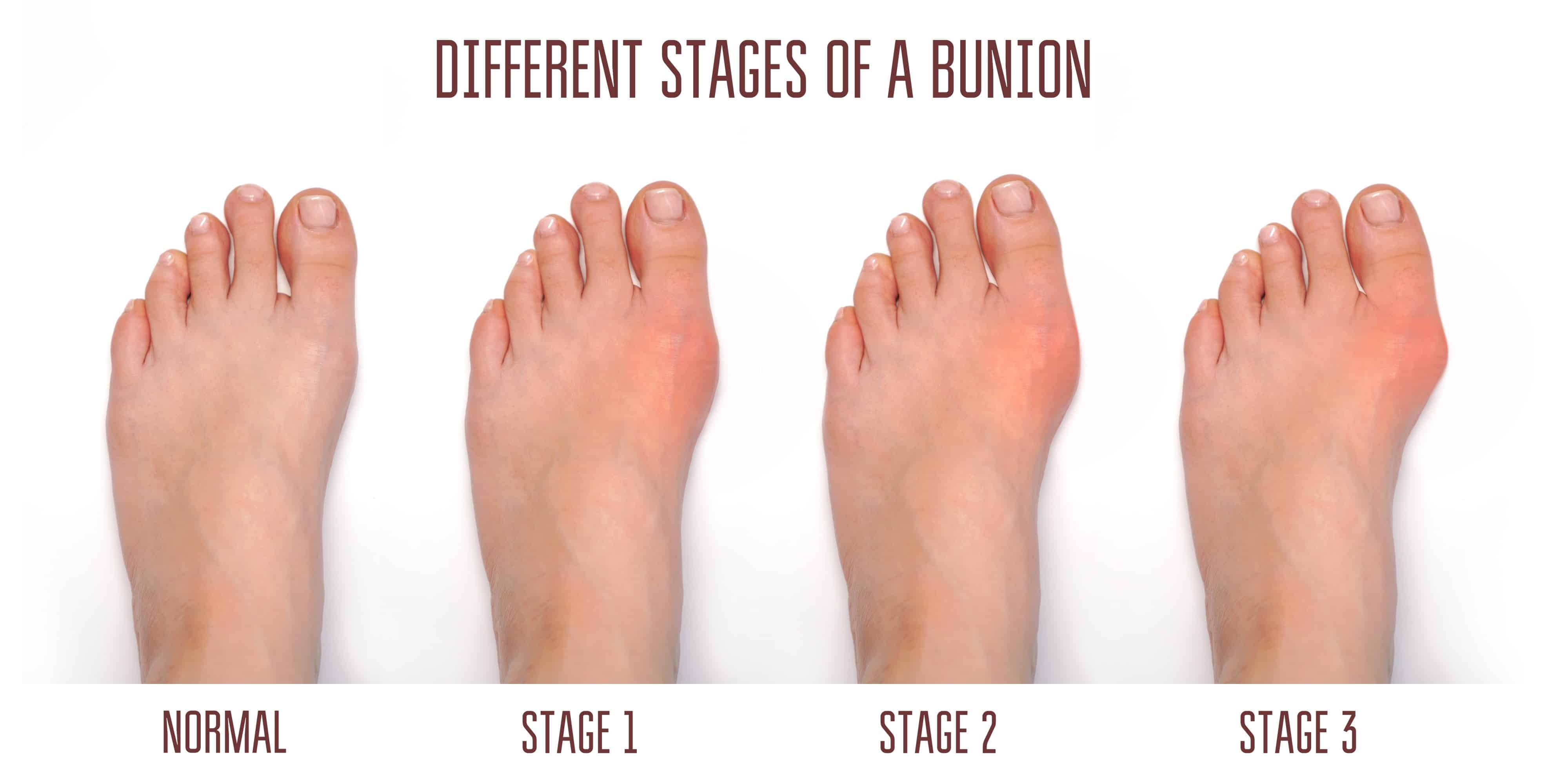Bunions and Hammertoes
What are Bunions and Hammertoes?
A Podiatrist’s Approach to Foot Deformities
Bunions and hammertoes are progressive structural deformities of the feet that can cause significant pain and difficulty wearing shoes. They often develop together and are among the most common issues treated by a foot and ankle specialist.
-
- A bunion (hallux valgus) is a bony bump that forms on the joint at the base of your big toe. It occurs when the long bone in your foot shifts out of place, forcing the big toe to lean toward the smaller toes.
-
- A hammertoe is a deformity that causes a toe (usually the second, third, or fourth) to bend or curl downward at the middle joint, resembling a hammer.

At City Orthopaedics & Sports Medicine, our podiatry team specializes in diagnosing these deformities and providing a full spectrum of care to reduce pain and restore proper foot function.
Root Causes of Bunions and Hammertoes
While many people blame their shoes, the primary cause of these conditions is actually a faulty mechanical structure of the foot, which is often inherited. As a podiatrist, we focus on these root causes:
- Inherited Foot Type: Certain foot types, such as those with low arches or flat feet, are prone to instability, which can lead to the development of bunions and hammertoes over time.
- Tendon and Muscle Imbalances: An imbalance between the tendons on the top and bottom of the toes can force them into a bent, hammertoe position.
- Aggravating Footwear: While not the primary cause, shoes that are too tight, narrow, or high-heeled can squeeze the toes into an unnatural position, accelerating the formation of these deformities and making them more painful.
- Arthritic Conditions: Inflammatory joint diseases like rheumatoid arthritis can also contribute to the development of bunions and hammertoes.
Symptoms of Bunions and Hammertoes
These conditions are progressive and tend to worsen over time. We recommend a consultation if you are experiencing:
- With Bunions:
- A visible bony bump on the outside of your big toe joint.
- Pain, soreness, or tenderness over the bump.
- Redness and inflammation.
- A restricted, painful range of motion in your big toe.
- With Hammertoes:
- A visible, abnormal bend in one or more of your toes.
- Pain or irritation on the top of the bent toe when wearing shoes.
- The development of painful corns or calluses on the toe joint.
- General Symptoms:
- Difficulty finding shoes that fit comfortably.
- Pain in the ball of the foot.
Diagnosing Foot Deformities: A Podiatrist’s Evaluation
A thorough diagnosis is essential for creating an effective treatment plan. Our podiatric evaluation is comprehensive and precise:
- Physical Examination: We will carefully examine your foot to assess the structure, evaluate the joint’s range of motion, and identify the extent of the deformity.
- Footwear Assessment: We will look at your typical shoes to see if they are contributing to the problem and to guide you on better, more supportive options.
- X-ray Imaging: X-rays are crucial for these conditions. They allow us to get a clear view of the bone alignment and joint damage, which helps us determine the severity of the deformity and decide on the most appropriate treatment, especially if surgery is being considered.
Treatment for Bunions and Hammertoes: From Relief to Correction
Our treatment approach is tailored to your specific symptoms, lifestyle, and the severity of the deformity. The goal is to first relieve pain and, when necessary, to surgically correct the underlying problem.
Conservative (Non-Surgical) Care: These methods are aimed at reducing pain and preventing the deformity from worsening quickly.
- Shoe Modifications: Switching to shoes with a wide and deep toe box is the first and most important step to relieve pressure.
- Custom Orthotics: A podiatrist can prescribe custom-molded orthotics to help control the faulty foot mechanics (like overpronation) that contribute to the deformity, providing stability and reducing pain.
- Padding and Taping: Placing pads over the bunion can reduce friction, while strategically taping the foot can help hold the toes in a more normal position.
- Medication: Oral anti-inflammatory medications (like ibuprofen) can help manage the pain and inflammation during a flare-up.
Surgical Correction: When conservative treatments are not enough to relieve pain and the deformity interferes with daily life, surgery is the only way to correct the problem. Our podiatric surgeon can perform advanced procedures to realign the joint, remove the bony prominence, and restore normal foot function.
When faced with pain, injury, or discomfort in your foot or ankle, seeking a timely and precise diagnosis is essential. Dr. Jason Hymowitz, a distinguished board-certified foot and ankle surgeon, offers the expertise and compassionate care you need to move forward with confidence. Renowned for his skill in sports medicine, musculoskeletal deformities, and post-traumatic and cosmetic surgical reconstruction, Dr. Hymowitz blends advanced technology with evidence-based treatment to deliver exceptional outcomes. Whether through conservative care, minimally invasive techniques, or complex reconstructive surgery, he is dedicated to restoring your mobility, relieving your pain, and helping you return to the activities you love. Your path to lasting relief and improved quality of life begins with Dr. Hymowitz — a trusted expert committed to your well-being.



